Christopher Columbus named the island "Antigua" in 1493 in honour of the "Virgin of the Old Cathedral" (Spanish: La Virgen de la Antigua) found in Seville Cathedral in southern Spain. On his 1493 voyage, honouring a vow, he named many islands after different aspects of St. Mary, including Montserrat and Guadaloupe. In 1632, a group of English colonists left St. Kitts to settle on Antigua. Sir Christopher Codrington, an Englishman, established the first permanent European settlement. From that point on, Antigua history took a dramatic turn. Codrington guided development on the island as a profitable sugar colony. For a large portion of Antigua history, the island was considered Britain's "Gateway to the Caribbean". It was located on the major sailing routes among the region's resource-rich colonies. Lord Horatio Nelson, a major figure in Antigua history, arrived in the late 18th century to preserve the island's commercial shipping prowess. Sugar became Antigua's main crop in about 1674, when Christopher Codrington (c 1640-1698) settled at Betty's Hope plantation. He came from Barbados, bringing the latest sugar technology with him. This resulted in their importing slaves to work the sugar cane crops.
Images
-
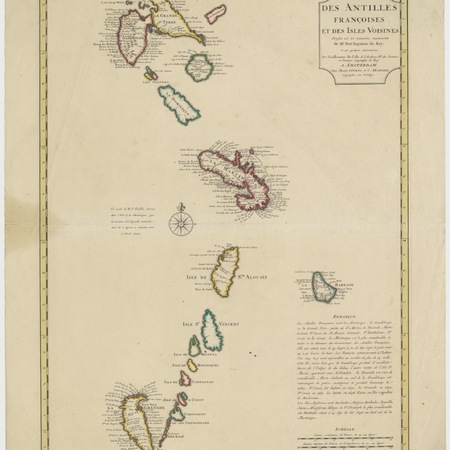
Map of the Windward Islands
Isle, Guillaume L' / Mortier, Covens en zoon
-
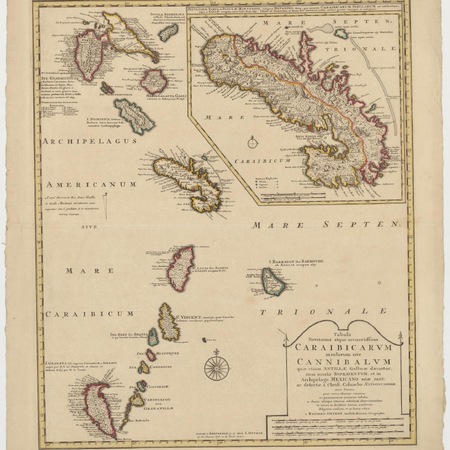
Map of the Windward Islands and specifically Martinique
Ottens, Reinier / Ottens, Jousua
-
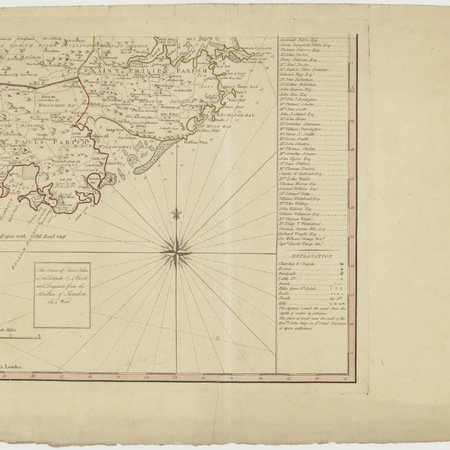
Map of Antiqua, sheet 4
Luffman, John / Faden, William
-
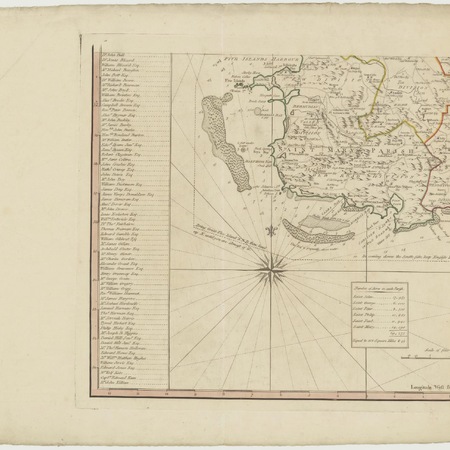
Map of Antiqua, sheet 3
Luffman, John / Faden, William
-
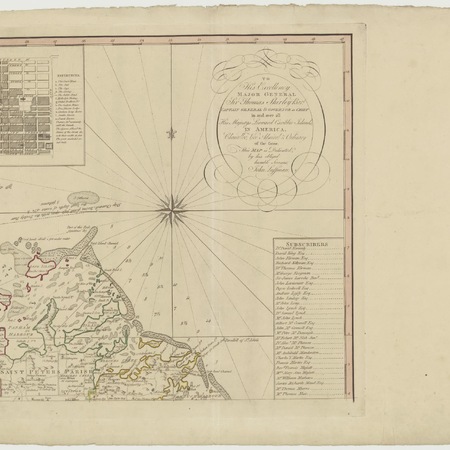
Map of Antiqua, sheet 2
Luffman, John / Faden, William
-
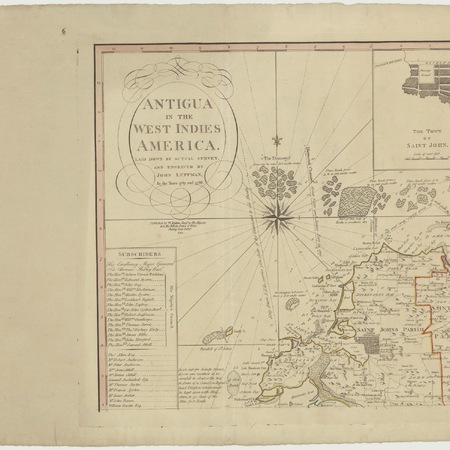
Map of Antiqua, sheet 1
Luffman, John / Faden, William